It's hard to find a person who is not familiar with a fairy tale about the girl who always wears a red riding hood, goes to her grandmother's house in the woods, and encounters a wolf. Most people are also aware of several possible variations of the plot.
Well, there are hundreds of Red Riding Hoods out there. Some differ by small yet important details (like the content of the girl's basket or the profession of the rescuer), others add or omit one of the characters, and there are the stories with just a roughly borrowed plot used for a seemingly completely different story.
Everybody should know at least Grimm's (most popular) and Perrault's (first with the red color of the hood) but they don't differ just by the presence or the absence of the hunter. They send completely different messages to their audiences. While we won't dig into every tiny detail of the story, we still intend to present numerous variations to show how many possible original stories and morals we can create just from a so seemingly simple classic fairy tale.
Here is a selection of 10 different versions of Little Red Riding Hood!


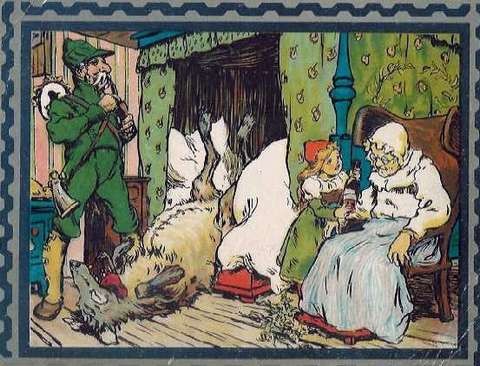
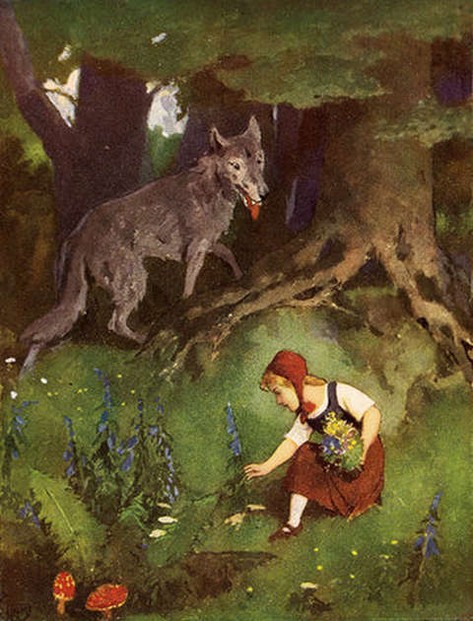
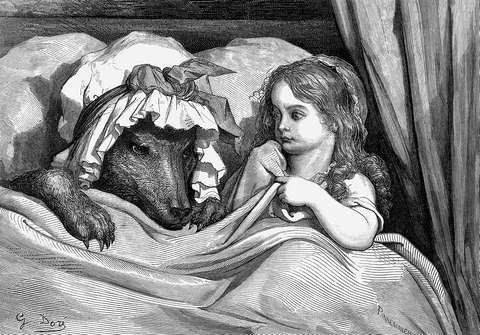
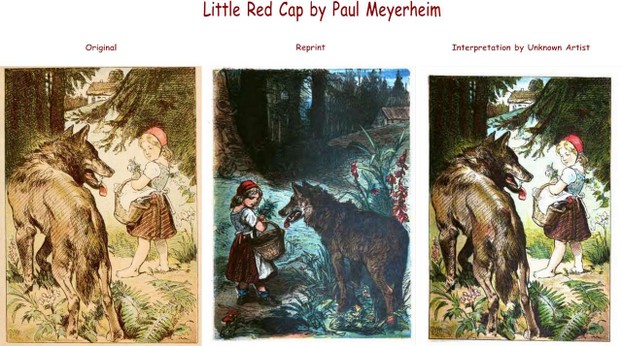
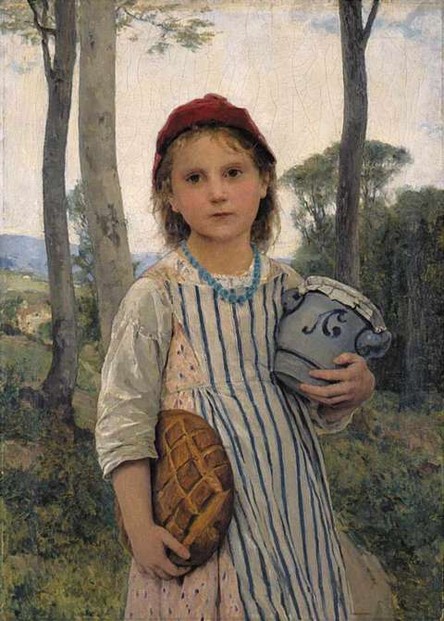
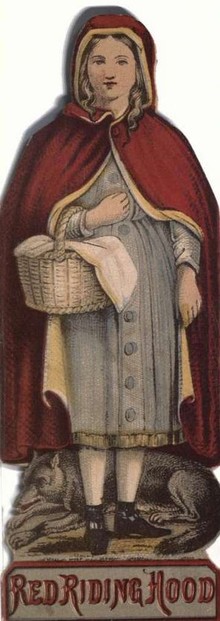
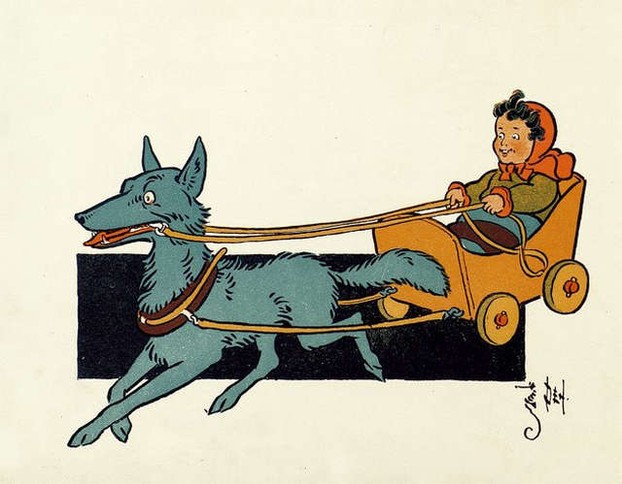
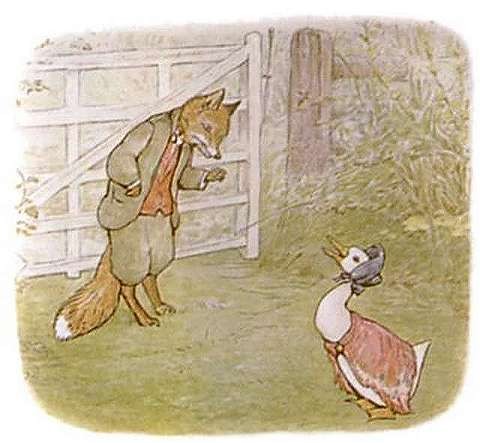
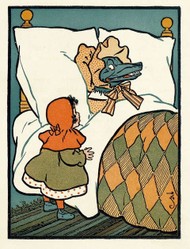

 Robert Anning Bell - His Life and His Works6 days ago
Robert Anning Bell - His Life and His Works6 days ago
 Beauty and the Beast - How Different Artists Saw the Beast Differently26 days ago
Beauty and the Beast - How Different Artists Saw the Beast Differently26 days ago
 Jessie Marion King - A Versatile Artist and Educatoron 03/22/2024
Jessie Marion King - A Versatile Artist and Educatoron 03/22/2024
 Dick Whittington and His Caton 03/13/2024
Dick Whittington and His Caton 03/13/2024
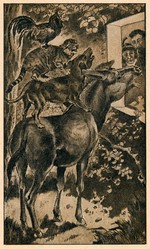
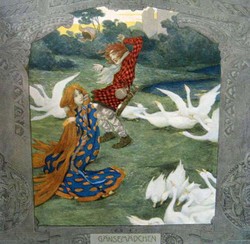
Can You Add Anything To These Numerous Versions Of Red Riding Hood?
Brothers Grimm were familiar with Perrault's work although they didn't bother with authorship. This is why they included Bluebeard and Puss in Boots in their first collection of 'German' Fairy Tales despite their origin in Italy and France.
Don't trust strangers. (The moral by Grimms is: Listen to your mother, don't stray from the path.)
It was vice versa. Perrault used hood because it was common to wear hoods in his times. Grimms decided for a cap, because many girls wore red caps in the area of today's Germany in the 19th century.
Yes, we can certainly say so.
He is Franz Muller-Munster (1867-1936).
The second detail under the third subheading, about the Perrault fairy-tale version, advises us that "while the mother at Grimms is presented as an authority who was not respected by the girl, Perrault presents the mother as a person who didn't warn her child."
It confounds me that such a difference more maternal in Grimm, less so in Perrault, is in the French version.
Did the Grimm brothers have access to the Perrault version?
The paragraph immediately under the first subheading, about the Perrault version, advises us that "Of course, the end with the grandmother and the girl being eaten at the end sends a completely different moral."
What is that moral?
The third, Perrault version intrigues me with your description that "the girl wears a red hood, not a cap, which is worn in versions by the Grimms."
Is it known why Perrault replaced a cap with a hood?
Thank you for the color symbolism explanations.
It's particularly important to me to recognize any symbolic colors since your other color-symbolism wizzleys ;-D!
The red cap as female empowerment and life force makes me mull something else that you noted over a previous question of mine.
My previous question pondered the why of two Grimm versions of Red riding hood, to which you proffered them as in the same edition.
Would it be possible that, as one of their themes and the reason for working them together in one place, the first version wrote about pre-empowered women and the second about empowered women?
The cursor brought forth no artist attributions for the second and the third in-text images.
The third image displays the lower left-side signature G Doré, whom I equate with Paul Gustave Louis Christophe Doré (Jan. 6, 1832-Jan. 23, 1883).
But the second gives me no hint.
Who might he/she be?